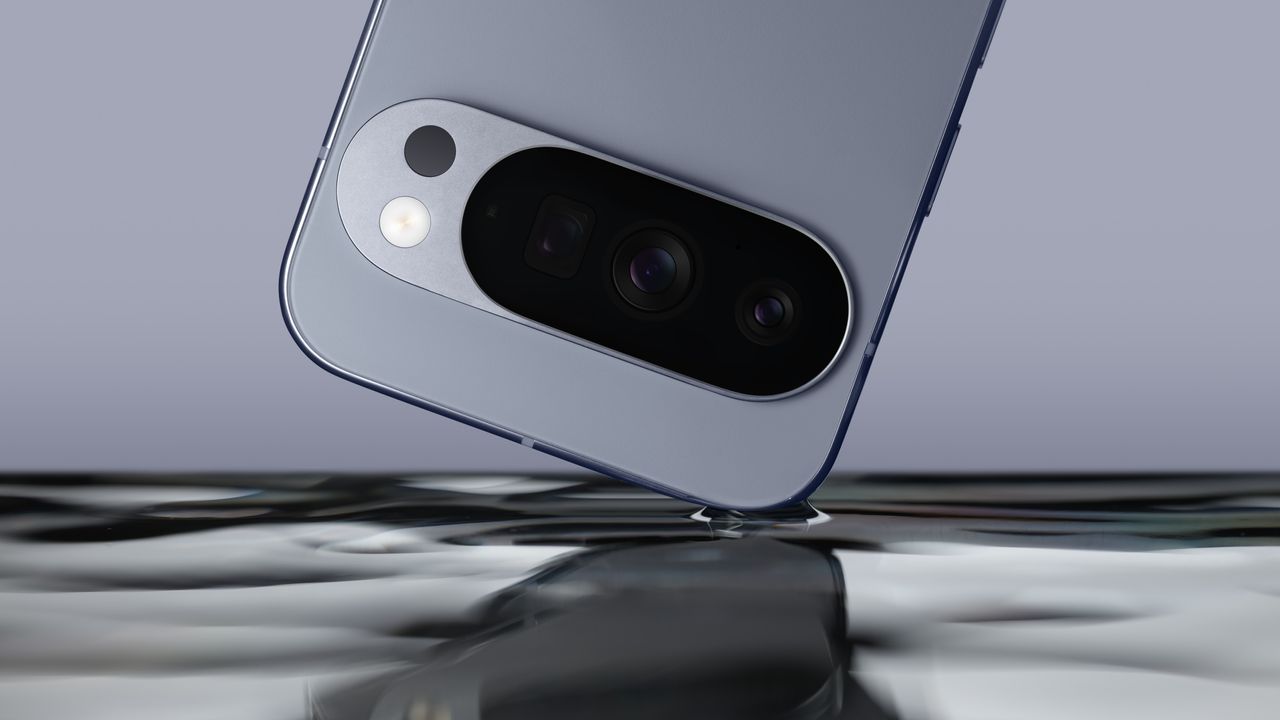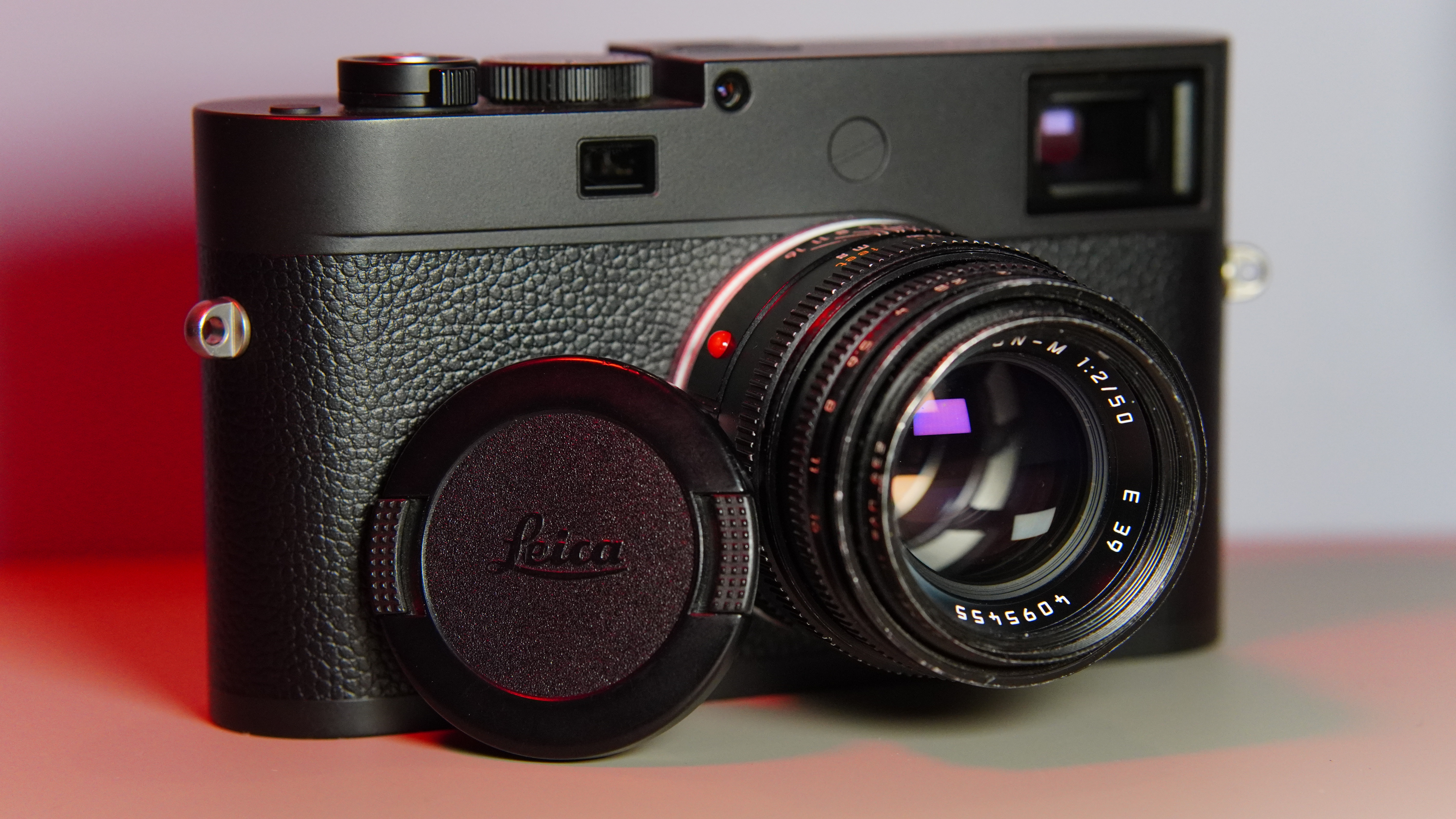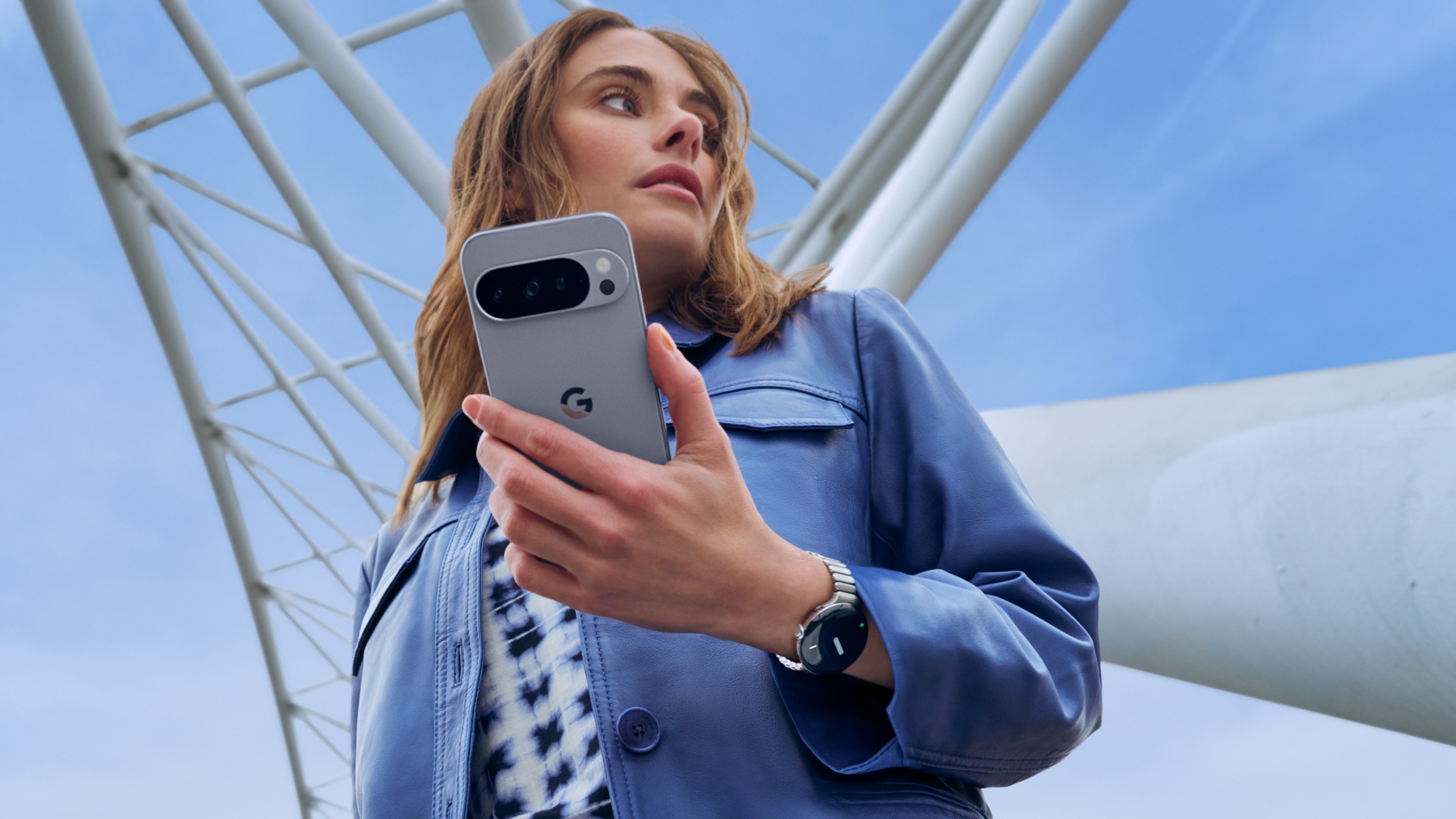
The Google Pixel 10 range has just been unveiled, with a variety of small but meaningful updates over the previous Google Pixel 9 range. The devices mark the brands latest efforts in the Android phone space, and will undoubtedly continue to showcase Google's prowess in the sector.
But there's one new feature which is more important than any other, and it's one you might not immediately jump to. See, while some will be enamoured with the introduction of Qi2 charging or the updates to the Google Pixel 10 Pro Fold, the most important new feature actually comes in the camera.
It's called Content Credentials, and it's actually not a new thing. The standard is employed on a handful of Leica cameras – including the Leica M11-D – and is designed to ensure the validity of imagery captured on the device, by building metadata into the image which confirms it isn't a product of AI.

For the Pixel 10 range, the feature will be made available in a smartphone for the first time. That's not just significant for the range – it's a landmark moment for the industry at large.
It's no secret that AI generated content is becoming more and more commonplace, and as the systems continue to gain traction, the content gets tougher to discern from reality. For imagery, that could generate a lack of trust with the general public, who are remiss to believe what they see.
The Content Credentials initiative is currently the best way of combatting that, with irrefutable metadata which confirms the origin of the image. Google says that the metadata is embedded on the device, and will affect all images, regardless of whether they use AI enhancement or not.

There will also be an easy way to view this information in the Google Photos app. That's just as significant in many ways – having the functionality is all well and good, but being able to prove it easily makes it accessible in real world scenarios.
We'll have to wait and see how easy it actually is to use, but it feels like a really important moment for the market as a whole.







